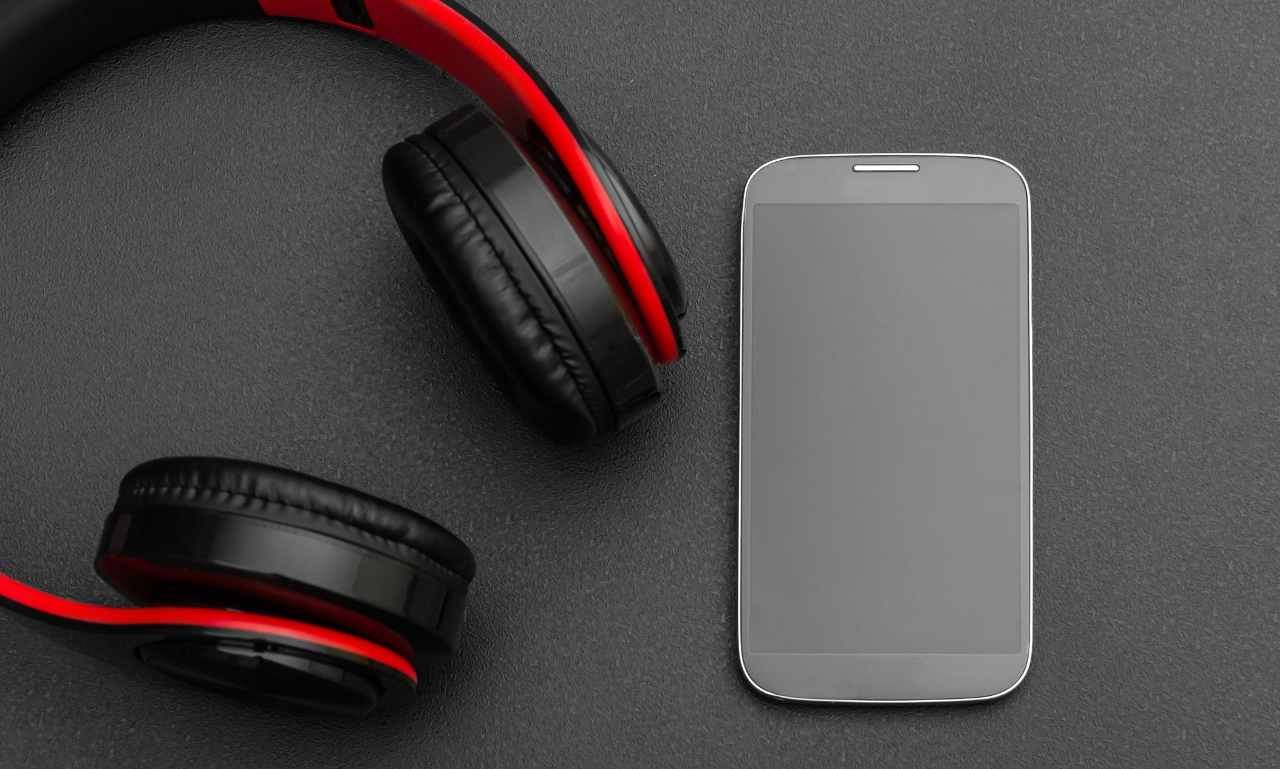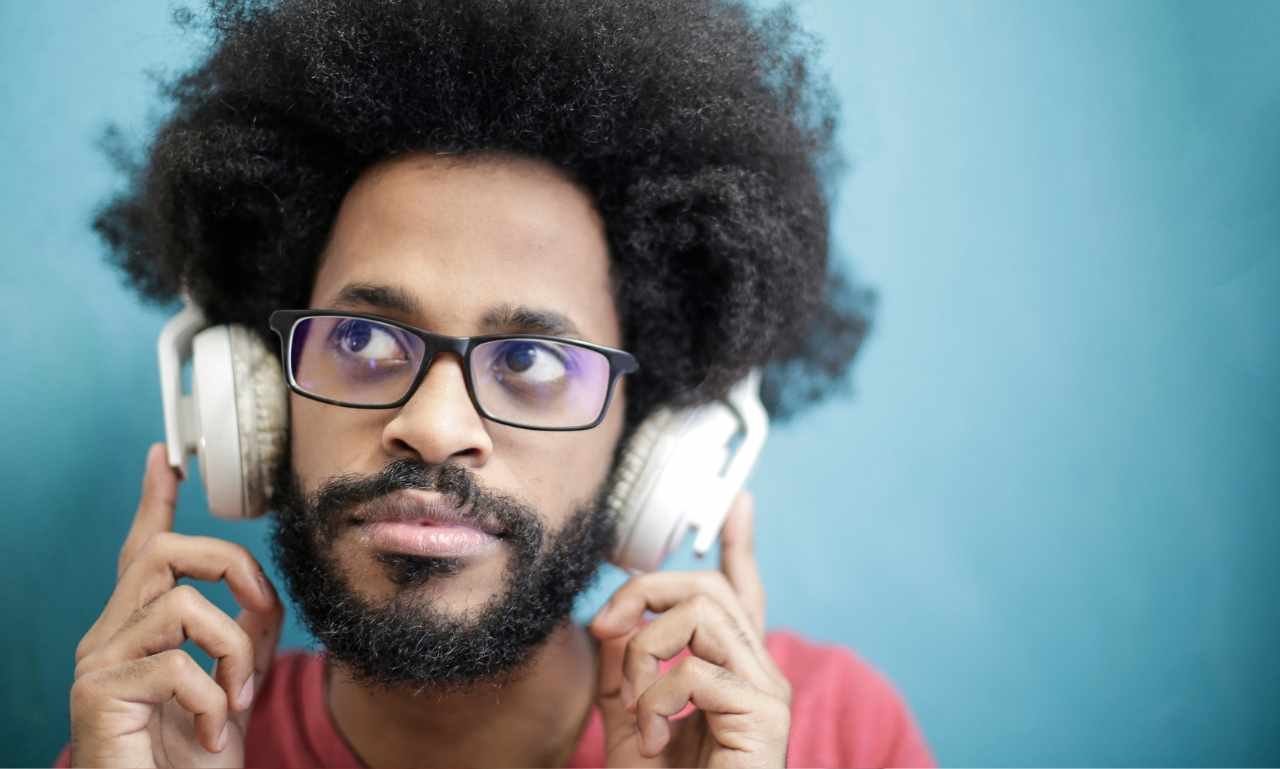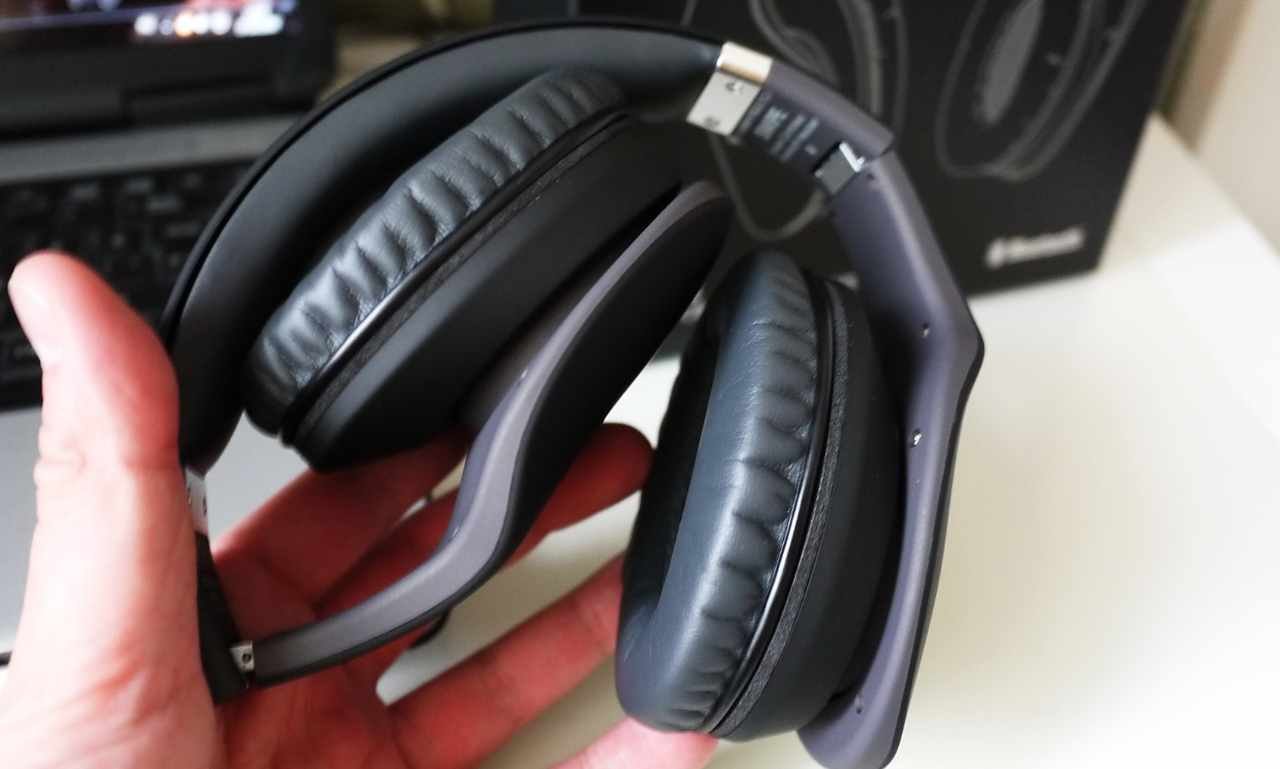Bluetooth headphones are awesome. They let you traverse the world wirelessly, with freedom to move about. Unfortunately, they tend to lag a little bit when watching videos on your phone or streaming music from your computer.
This is because Bluetooth uses something called “A2DP” (Advanced Audio Distribution Profile) which provides stereo audio over the air. The downside of this is that A2DP has some built-in buffering that causes 15-20ms of delay between what your device does and what you hear through your headphones.
Digital Audio Is Processed By Your Audio Source Before It Gets To Your Headphones
When you’re listening to music on your phone, the data representing that sound is not sent directly to your headphones. It’s processed by various pieces of software in your phone, then it’s transmitted using some protocol like bluetooth or WiFi to some receiver that gets forwarded on to your actual headphones (if they even have a transmitter at all). This causes several stages of buffering and latency before the sound reaches your ears. There are similar delays when streaming video with audio; most videos use MP4 containers which hold H264 video encoded with AAC audio inside them.
The result of all this buffering and processing: latency.
Microseconds Might Not Seem Like Much, But They Are Frustrating When Watching or Playing Games.
One trick to measuring latency is to see how long it takes for something to “turn around”. For example, if you clap your hands in front of you, the sound that bounces back from the wall should be about 1ms later. If it takes more time, then there’s some device somewhere that’s causing a delay. The same can be said about video and audio. Let’s say I want to watch an online video with my friend over lunch.
I start playing the video on my phone, which sends encoded data packets across the room to her phone. Then she watches them on her phone screen as they are buffered by software before she hears them through her blue-tooth headphones (at least 15ms). Since our brains are wired to detect things that change quickly, we may become annoyed that she’s not wearing headphones and I’m not using speakerphone. If we watch the video together (20-30ms) our annoyance subsides because we’re both experiencing identical latency at the same time.
Bluetooth Headphones Have a Built In Buffer For Audio
A2DP adds about 15ms of delay between when you think something should happen and when it actually does happen . The developers of Bluetooth decided to add this buffer as a fail safe; if your device sends too much data over bluetooth for some reason, the A2DP protocol will fill up its buffer with transmitted audio and continue sending audio once the connection is stable. If your headphones put an upper limit on the amount of data they can receive over bluetooth, this buffer is important because it lets them catch up when they need to.
Bluetooth Has To Be Started On Both Sides
It takes time for both devices to negotiate their pairing and establish a connection before audio can be sent. This handshake accounts for about 20milliseconds . After that point, A2DP audio packets will begin buffering audio until they’ve reached their maximum size (about 100ms).
Low Quality Codecs Add Additional Latency –
The default codecs used by most bluetooth devices are low-bandwidth codecs like SBC. These codecs are designed to reduce file sizes of transmitted audio while maintaining quality. That’s great for music, not so good for video.
The Mobile Phone Connection Isn’t Always Great –
 Your phone isn’t always sending audio packets in a timely manner or at all because it doesn’t have enough data or is struggling with poor reception. One common example of this is when you get on the subway and your signal drops from LTE to nothing depending on which part of the train you’re in. If there is no data coming through your bluetooth connection then there won’t be any new audio packets either. This can happen if your headphones are low on battery too, since most phones will prioritize power over what’s playing through Bluetooth speakers & headphones.
Your phone isn’t always sending audio packets in a timely manner or at all because it doesn’t have enough data or is struggling with poor reception. One common example of this is when you get on the subway and your signal drops from LTE to nothing depending on which part of the train you’re in. If there is no data coming through your bluetooth connection then there won’t be any new audio packets either. This can happen if your headphones are low on battery too, since most phones will prioritize power over what’s playing through Bluetooth speakers & headphones.
Converting From Digital-To-Analog –
This is where things get a little more complicated because there are actually several ways to do this. Some DACs can play audio as soon as they receive it from the bluetooth connection . Others will buffer the data first so they have time to convert it from digital information into an analog signal before playing it back. This works great for music but causes latency when watching video or gaming since you can’t predict when that buffering process will finish . The idea behind low-latency bluetooth is that since video & games require predictable timing between actions and events, pre buffering audio isn’t ideal.
Using Low-Latency Bluetooth Codecs –
There are 2 low-latency bluetooth codecs currently available to consumers: Sony’s LDAC, and Qualcomm’s aptX. Both of these codecs add less than 5ms of latency compared to their non-low-latency counterparts. For reference, the average human blink takes 100ms so using either of these should be unnoticeable by most people . It’s worth noting that only Android supports aptX and iOS devices (i.e. iPhone & iPad) can use LDAC if they include a recent chipset from Qualcommm (since iPhones disable features that aren’t supported).
Smart Features –
If you’ve used voice assistants like Siri or Google Assistant, then you know that they can cause some delays when responding to your commands . Even if the response time for these systems is fast (i.e. under 500ms), there are often 1 or more seconds of lag between issuing a command and having it completed . This can be exacerbated by features like noise cancellation which requires additional processing power so the microphone doesn’t have to work as hard . Most of these features are implemented in software so they have to wait for the processing power to become available, which inevitably adds some delay.
Wireless Range Beyond Its Connection
Due to connection problem , Bluetooth headphones may lose its connection to device such as phone and tablet. This creates lagging sound, static noise and even make the audio source black screen. To solve this problem, you can do troubleshooting to find out the main cause. If it is not because of connection , there are still other possibilities which should be considered .
If You Are Far Away From Your Connected Device
 Bluetooth headset could not connect well with Bluetooth-enabled devices because it’s too far. So, to check this possibility , you need to move closer to the device that connected before.Staying away from the device will increase lagging and static noise.
Bluetooth headset could not connect well with Bluetooth-enabled devices because it’s too far. So, to check this possibility , you need to move closer to the device that connected before.Staying away from the device will increase lagging and static noise.
If You Use Poor Quality Headset
If it’s your first time to use Bluetooth headset , you may not sure how to judge the quality. Although the price is considered as a standard, there are still low-quality products with reasonable cost and vice versa. So, before doing anything else, make sure that you choose high quality headset which can support stable connection speed and fast pairing process .
Too Many Interfering Signals
Interfering signals may also disrupt the Bluetooth connection between two devices. For example, there are other devices that use same frequency as yours . This can be solved by changing device’s frequency to avoid interference.
Using Earphones While Charging Can Cause Lagging Noise
When earphone is plugged in charging slot, it does not provide stable power supply for its components which could lead to lagging noise when taking calls or playing music . To solve this problem, make sure that your headset is fully charged before using it.
You Are Using Outdated Headphones or You Use It in an Area With Interference
Over time, Bluetooth headphones chips are becoming obsolete. Their performance is also affected by many environmental factors such as electronic equipment which leads to static noise and audio disconnections . Some wireless earbuds have a limited range so if there are obstacles between the headphone and your smartphone, they may cause lagging sound problem.
Your Phone Doesn’t Support Bluetooth 5
When you upgrade your mobile device operating system software, it has an impact on old models of Bluetooth. For instance, if you install the latest Android 9 Pie on your phone, it will make your previous Bluetooth 4.0 headphone obsolete and this may create lagging sound problem.
Fortunately, there are several ways to fix this issue. For devices with software updates, you can upgrade them to use the newest Bluetooth version which provides better connectivity quality such as 5.0 or later . If it is not possible because of hardware limitations , at least try to use a headset that supports Bluetooth 3.0 or higher . You also need to place your wireless earbuds closer to the connected device so that transmission distance between them is shorter .
If Your Headphone Is Defective
Some people assume that their headphone malfunctions whenever they face audio lag / delay problem while using. But according to science , it is rarely the case . If you are using low-quality products, they will break down faster than an original one.
Mismatch Of Signal Or Processing Error
Headphone lag is also common when using earbuds that have different standards . For instance, if you are using wireless earbuds on the go and it has Bluetooth 4.1 while your phone has version 7.0 , there will be a lot of communication problems between them. Due to poor signal compatibility, connection will be dropped and this is likely to cause audio lag during playback.
If You Really Want to Fix This Problem
Before buying a new Bluetooth headphone or earbud, you can try these solutions first. First, turn off your smartphone’s power saving mode because it may limit the performance of Bluetooth chip . Second, forget Wireless Stereo (WFD) connection and unplug cables before connecting wireless earphones/ headphones . Thirdly the last resort is resetting factory settings on your phone which fixes various problems inside Android system so that audio works without lagging sound problem .
What Can You Do About It? –
You could consider buying a good pair of wired headphones that support low-latency codecs like aptX or LDAC. They can give you <50ms of latency without any major sacrifice in audio quality. It’s also worth mentioning that bluetooth has an operating range of about 30ft/10m , so if your phone is tucked away inside a bag or a pocket then there won’t be much data coming through anyway . If you’re using voice assistants with long pauses between responses, you might want to try enabling the option to have faster responses. This might add a few milliseconds of latency between when you say “Hey Siri” and when it responds, but will let you issue commands more quickly than normal .


Leave a Reply